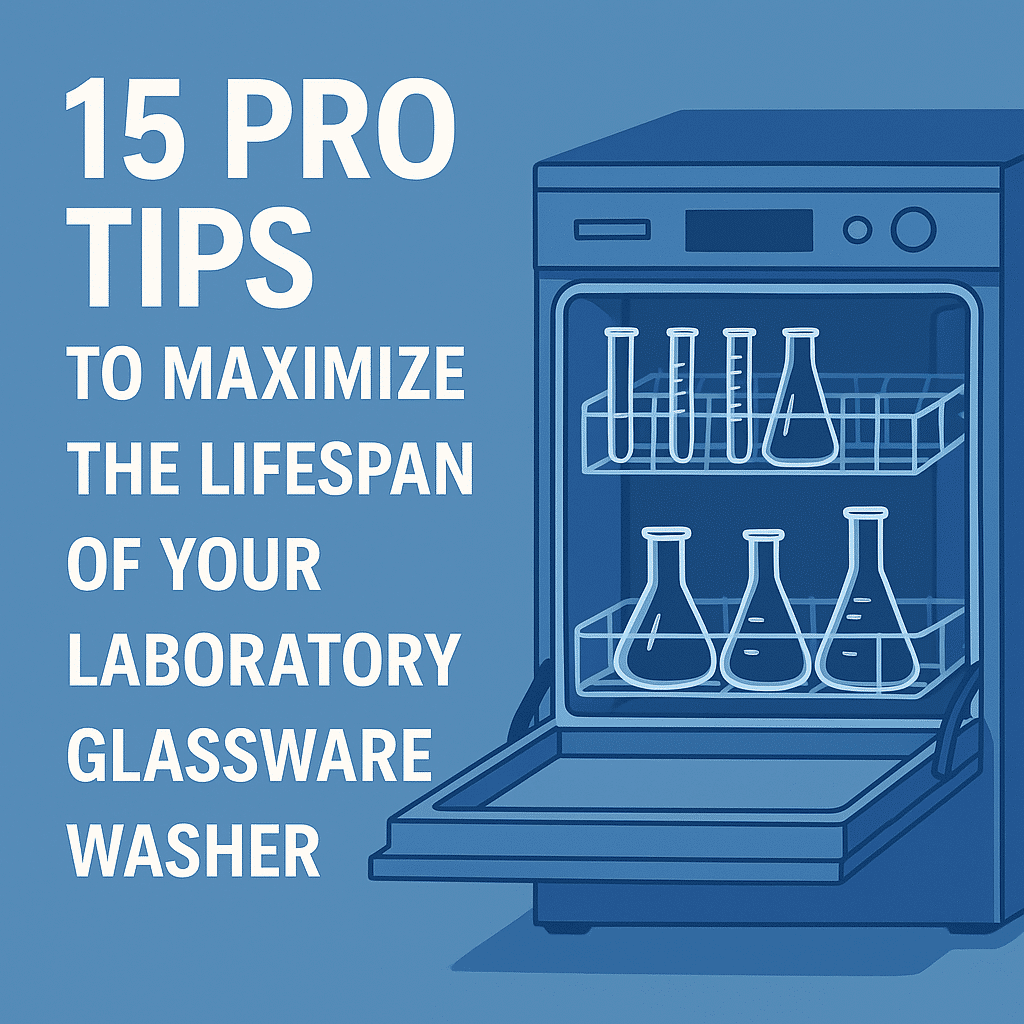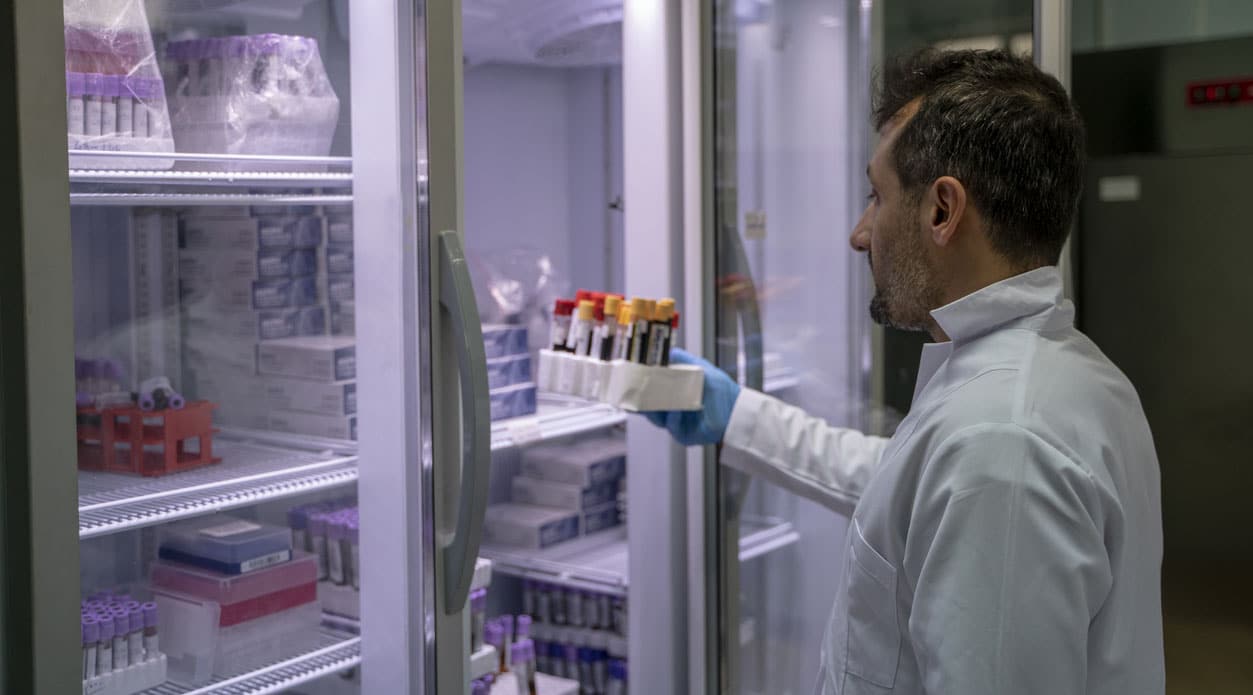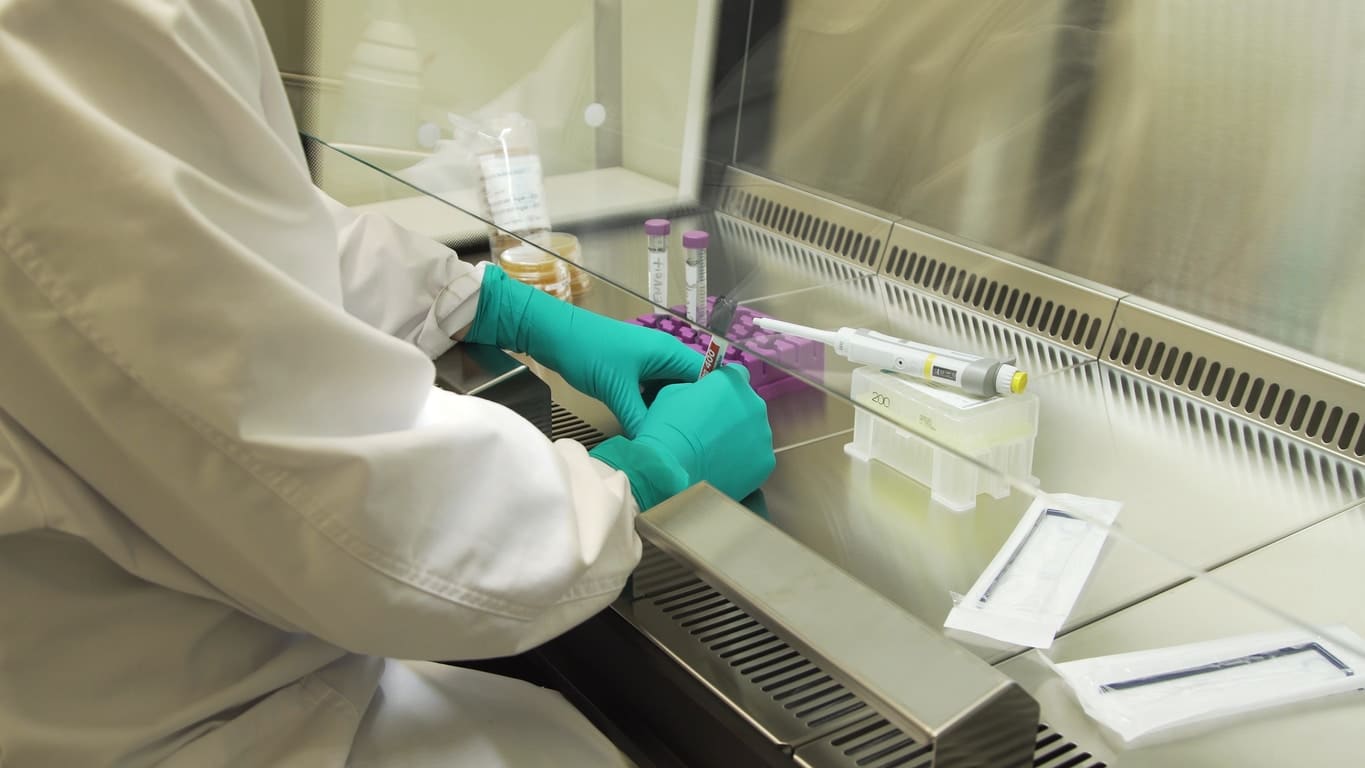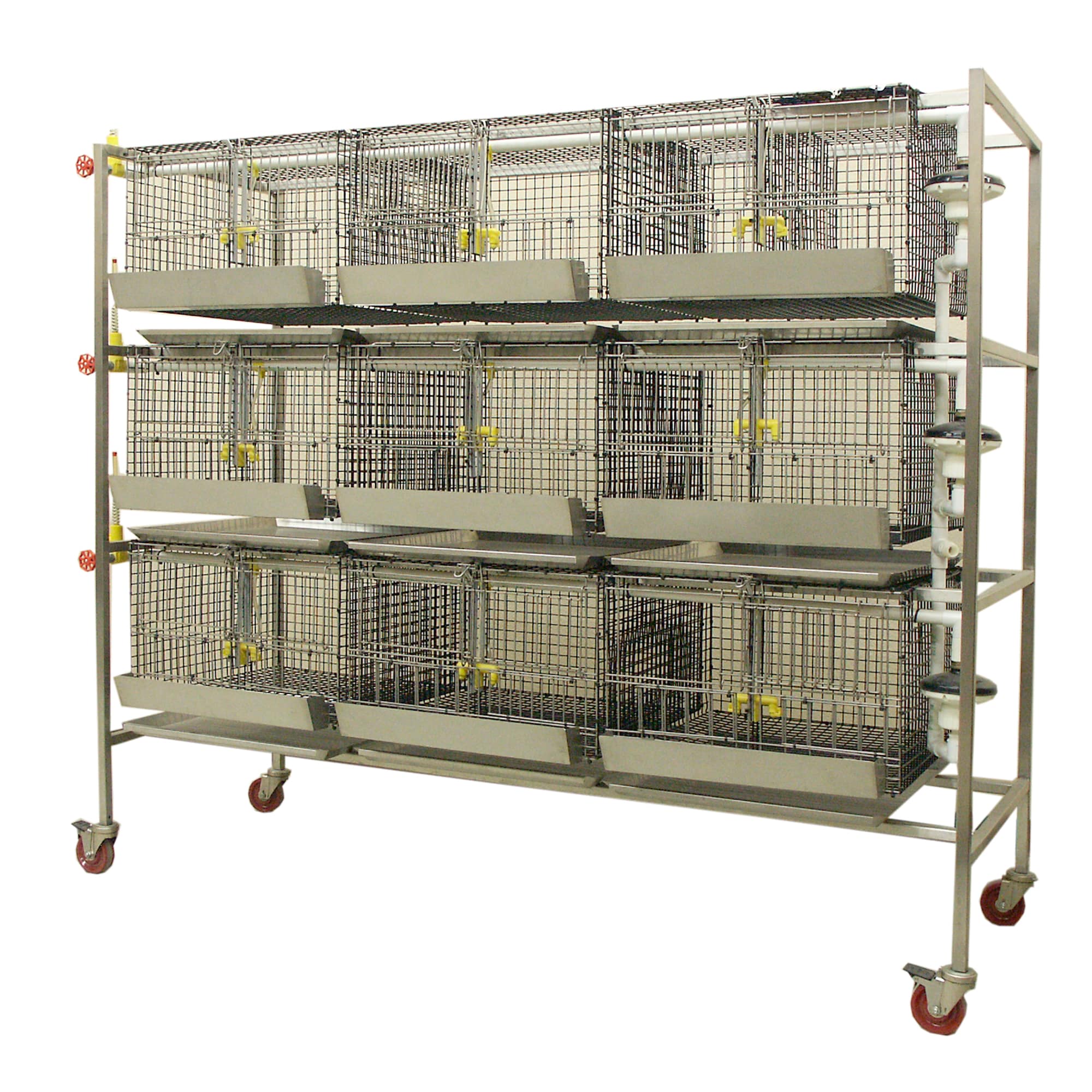
Understanding the Importance of Maintenance
Laboratory glassware washers are essential tools in modern scientific environments, providing consistent, contamination-free cleaning for everything from test tubes to volumetric flasks. Brands like Steelco and Miele offer premium washers designed for intensive daily use across research, clinical, and industrial labs.
But no matter how advanced the machine, longevity depends on preventative maintenance. Without it, even high-end washers can fall victim to breakdowns, inefficient cycles, and expensive replacements. Regular upkeep ensures:
- Consistent decontamination and compliance
- Reduced downtime and repair costs
- Maximized return on investment
As a member of the Miele Group, Steelco embodies a commitment to sustainability, innovation, and performance. Their lab washers are engineered to meet the highest regulatory standards, including GLP and ISO. Proper maintenance isn’t just encouraged—it’s essential.
1. Choose Quality from the Start: Steelco and Miele
Preventative care begins with selecting a washer built to last. Both Miele and Steelco focus on:
- High-grade stainless steel chambers
- Customizable racks for all glassware shapes
- Smart diagnostics and user-friendly interfaces
- Compliance with healthcare and life science regulations
Steelco washers, like the LAB 610 and LAB 1500, are specifically designed for high-volume, high-precision environments and are built with features that simplify routine care—such as self-cleaning filters, modular drying units, and intuitive maintenance notifications.
2. Master Daily Cleaning Protocols
Daily maintenance is crucial. A few minutes of attention each day can add years to your washer’s life.
Daily must-dos:
- Flush the chamber with clean water after the last cycle.
- Wipe down internal seals and doors with a lint-free cloth.
- Empty filter traps to avoid buildup.
- Leave the door ajar overnight to prevent mold and bacterial growth.
Steelco’s automatic drying and ventilation systems help, but human intervention is still essential.
3. Implement a Weekly Maintenance Checklist
Weekly upkeep addresses the parts of the washer most prone to wear or blockage.
| Task | Why It Matters |
|---|---|
| Inspect spray arms | Ensures proper rotation and water flow |
| Clean the detergent pump | Prevents clogs that reduce cleaning effectiveness |
| Examine door seals | Avoids leaks and energy loss |
Using Steelco’s built-in diagnostics can alert you to early signs of trouble. Miele’s washers often display maintenance reminders on their control panels, making it easy to stay on track.
4. Perform Monthly Deep Maintenance
Each month, schedule time for thorough inspections.
Focus areas:
- Run an empty hot cycle with descaler to remove mineral deposits.
- Check for signs of corrosion or residue inside the chamber.
- Test drying units and verify filter integrity.
Some Steelco models offer programmable cleaning cycles just for internal maintenance—use them regularly.
5. Always Use Approved Cleaning Agents
Using the wrong chemicals can permanently damage internal components and invalidate warranties.
Best practices:
- Stick to OEM-recommended detergents and neutralizers.
- Avoid chlorine-based agents, which corrode stainless steel.
- Use low-foaming, phosphate-free products for optimal rinsing.
Steelco and Miele offer brand-specific cleaning solutions designed to protect machine internals and ensure lab compliance.
6. Maintain Proper Water Quality
Water type dramatically affects washer longevity. Hard water causes scale, which can clog jets and reduce heating efficiency.
Water options:
- Deionized (DI) or distilled water is ideal.
- If using tap water, install a softener or filter to remove minerals.
- Regularly descale internal components, especially if you notice white residues.
Steelco washers with integrated water filtration alert users to quality issues automatically.
7. Load Glassware Correctly
Improper loading leads to damage, blocked jets, and poor cleaning.
Tips:
- Use the right rack for the job—Steelco offers modular configurations.
- Avoid nesting glassware.
- Keep items secured and spaced.
- Place fragile items on upper racks.
Training users to load carefully reduces wear on both glassware and the washer itself.
8. Monitor Control Panels and Software
- Keep screens clean and dry
- Use interface locks to prevent unauthorized changes
- Update firmware regularly to access new features and patches
Steelco’s user interface includes intuitive touch controls and error-code diagnostics, while Miele often features cycle logging and remote monitoring.
9. Maintain Accurate Logs
Document every use, error, and maintenance task.
Include in your logs:
- Dates of filter replacements
- Descaling schedules
- Noted performance changes
- Service visits
Steelco’s digital systems can integrate into lab management platforms for easy logkeeping.
10. Establish Staff Training Programs
Every user should be trained on:
- Proper startup and shutdown
- How to load racks correctly
- Daily and weekly cleaning tasks
Create a visual SOP sheet near the washer or use laminated quick guides. Consider assigning “washer captains” per shift.
11. Schedule Professional Servicing
Even the best preventative maintenance can’t replace a certified check-up.
Ideal servicing frequency:
Every 6–12 months, or based on usage intensity.
Certified technicians will:
- Inspect internal components
- Replace worn seals or gaskets
- Calibrate sensors and pumps
Steelco offers service contracts and validation support to help labs stay compliant and operational.
12. Look for Early Warning Signs
Reacting quickly can prevent serious damage.
Common red flags:
- Unusual noises or vibrations
- Glassware coming out dirty or streaked
- Increased cycle times
- Error codes on the display
13. Stay Aligned with Compliance Standards
Steelco and Miele washers are built to meet standards like GLP, cGMP, and ISO 15883—but only if maintained properly.
Regular maintenance ensures:
- You pass audits with ease
- Washer performance matches validation records
- Risk of cross-contamination is minimized
14. Understand When to Replace, Not Repair
Even the best machines wear out.
Consider upgrading if:
- Repairs are more frequent than cycles
- New features drastically improve lab efficiency
- Your needs have outgrown the washer’s capacity
15. Leverage Manufacturer Support
Use official resources! Both Steelco and Miele offer:
- PDF manuals
- Maintenance checklists
- Training videos
- Customer support
Bookmark Steelco’s official site for product documentation, software updates, and contact info.
FAQs About Washer Maintenance and Longevity
Q1: What is the typical lifespan of a Steelco or Miele washer?
A: With proper maintenance, Steelco washers can last over 20 years; Miele typically averages 10–15 years.
Q2: Can I skip descaling if my lab uses DI water?
A: No. Trace minerals can still build up over time. Monthly descaling is advised.
Q3: Are OEM detergents really necessary?
A: Yes. Generic agents can damage internal systems and void warranties.
Q4: How do I get a service plan from Steelco?
A: Contact Steelco directly or through your local distributor to enroll in a preventive maintenance contract.
Q5: What training is available for new users?
A: Both brands offer manuals, SOPs, and digital training tools for onboarding.
Q6: What’s the most common maintenance mistake?
A: Failing to clean filters weekly, which leads to drainage issues and reduced cleaning efficiency.
Conclusion and Final Thoughts
Preventative maintenance is not a luxury—it’s the backbone of long-term lab efficiency. Whether you’re using a Steelco LAB Series washer or a high-performance Miele model, daily care and routine checkups will protect your investment, uphold scientific standards, and reduce downtime.
Following the expert tips above will help ensure your washer serves your lab for many productive years.




